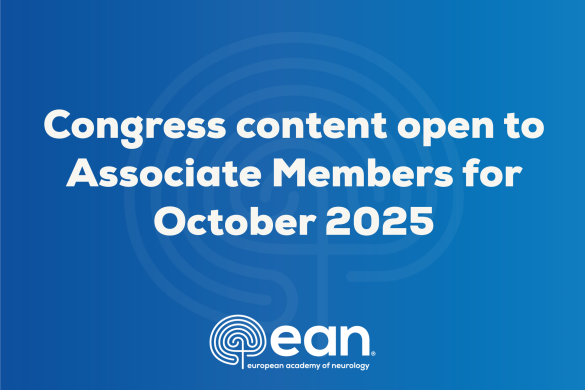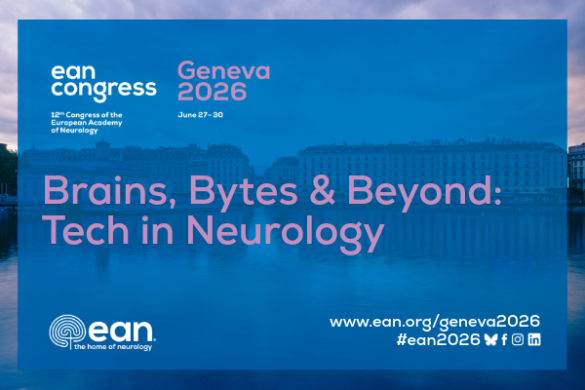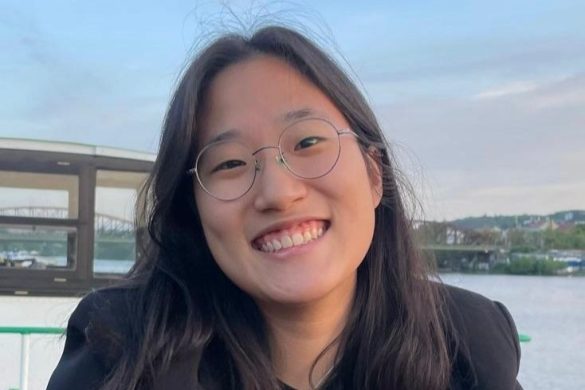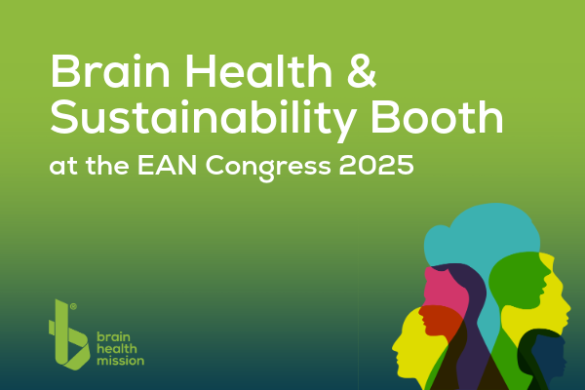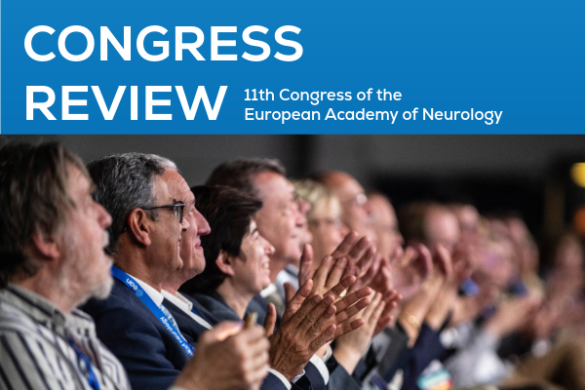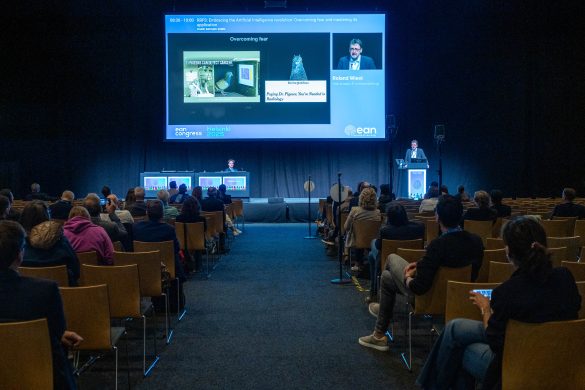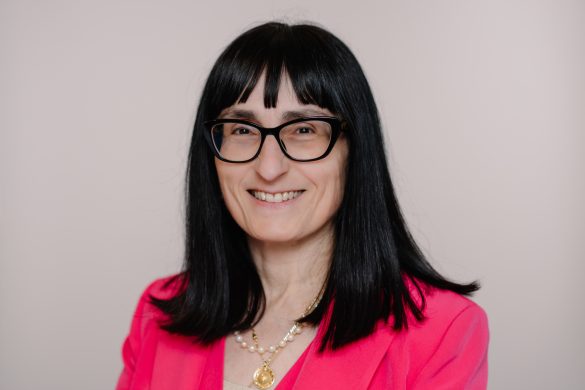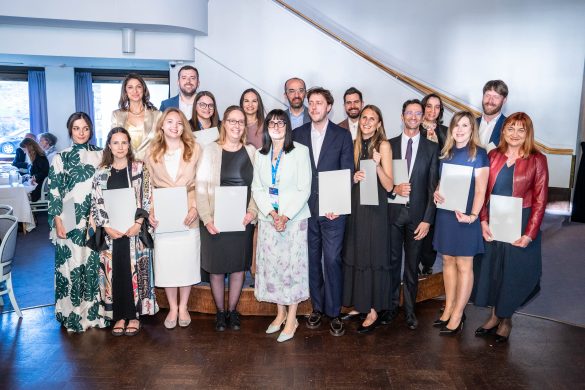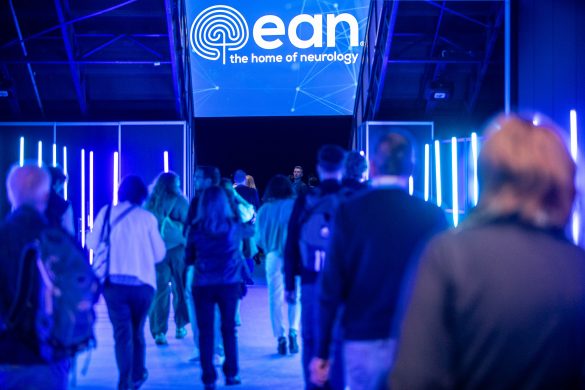by Chiara Ferrazzoli
What time is it? Well, it’s time to rethink our approach to first seizure management! A hot topic in the epilepsy world was discussed thoroughly in this EAN/ILAE-CEA joint symposia ‘First seizure clinics – time matters in epilepsy, too’.
Prof. Stephan Rüegg, head of the epileptology department at the University of Basel and Co-Chair of the Epilepsy Scientific Panel, opened the session, giving a comprehensive overview regarding the first seizure management in adult patients.
He masterfully introduced the topic and commented on two fundamental trials: FIR.S.T and MESS. According to the First Seizure Trial, swift treatment of the first seizure does not influence significatively the outcome.
The Multicentre trial for Early Epilepsy and Single Seizures (MESS) concluded that immediate treatment with antiseizure medication (ASMs) reduced the risk of further seizures compared to delayed treatment. However, there was no evidence of long-term remission rates using this approach.
The MESS trial also focused on the development of a prognostic model for assigning patient risk for probability of seizure recurrence. Rüegg explained the potential benefit of early treatment, such as achieving faster seizure remission. Indeed, medium and high-risk patients may profit from immediate treatment. Then, he delineated what existing guidelines tell us, explaining the differences between the D-A-CH guideline 2023, NICE guideline 2025 and US guidelines 2010/12. He emphasised the necessity of changing the future of epilepsy management following the rule: fast treatment, better outcome! ‘Time is brain’ not only in stroke, but also in epilepsy. Rüegg told us about the dream of a first seizure unit in which the diagnosis is made more rapidly and efficiently, using all the means to our disposal as soon as possible.
The second speaker, Dr Ronan McGinty, an active RRFS member and neurologist at the Liverpool Hospital, provided evidence of the risks and pitfalls of the inappropriate management of a first seizure. First of all, he illustrated all the possible seizure mimics. Non-epileptic attacks and syncope are the most frequents events. Twenty to thirty per cent of adults diagnosed with epilepsy are misdiagnosed; in particular psychogenic attacks could take 7-10 years before reaching the correct diagnosis. Then, he explained all the possible diagnostic challenges, such as limited available clinical history, misinterpretation and overinterpretation of EEG. Failing to make the correct diagnosis affects not only epilepsy, but also a number of other mimickers.
In the third talk, Prof. Simona Lattanzi, renowned expert epileptologist from Marche Polytechnic University, addressed the possible underlying mechanisms of higher recurrence risk if the first seizure is not treated.
Pre-diagnostic risk and the pre-treatment risk in people with new onset epilepsy improve the time-to-diagnosis and time-to-treatment in order to minimise the timeframe of vulnerability of these patients. She also highlighted the impact of seizures while driving, prior to diagnosis in people with focal epilepsy. In a retrospective cohort study based on data from the Human Epilepsy Project, 60.45% of patients had already had a first seizure before diagnosis resulting in motor vehicle accidents and hospitalisation. She stressed the direct costs (recent emergency medical care, unnecessary non-emergent medical care, improper medications due to misdiagnosis) and indirect costs (higher burden of informal care needs).
Finally, Prof. Margitta Seeck, head of the epileptology department at the University of Geneva, focused on the benefits and the challenges of first seizure clinics. She put a spotlight on how the optimal first seizure track could be designed, based on the evidence so far. She highlighted how to make use of existing set-ups: for example, access to EEG within 24 hours in order to detect earlier interictal epileptiform discharges (IDEs) and assess the risk of seizure relapse (risk of 60% when IDEs are detected in the EEG), overnight long term-EEG (significantly higher yield than sleep deprived), the use of MRI instead of CT (significant higher yield, saves resources). She focused on new diagnostic pathways: the help of AI in future EEG readings and MRI machine learning protocols. Finally, she answered the question: is a separate clinical pathway for first clinic justified? After all these incredible lectures, we can safely say YES!





